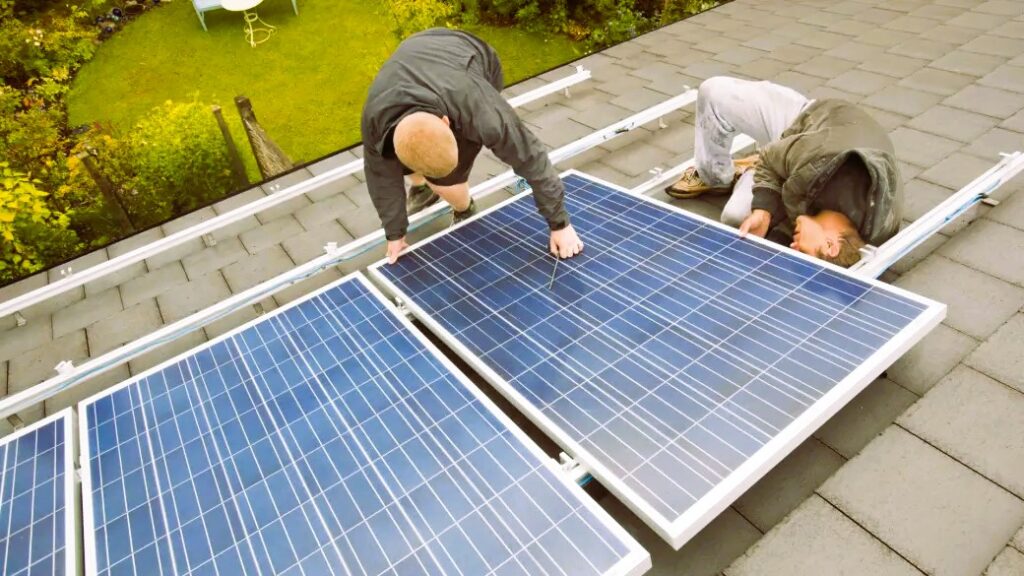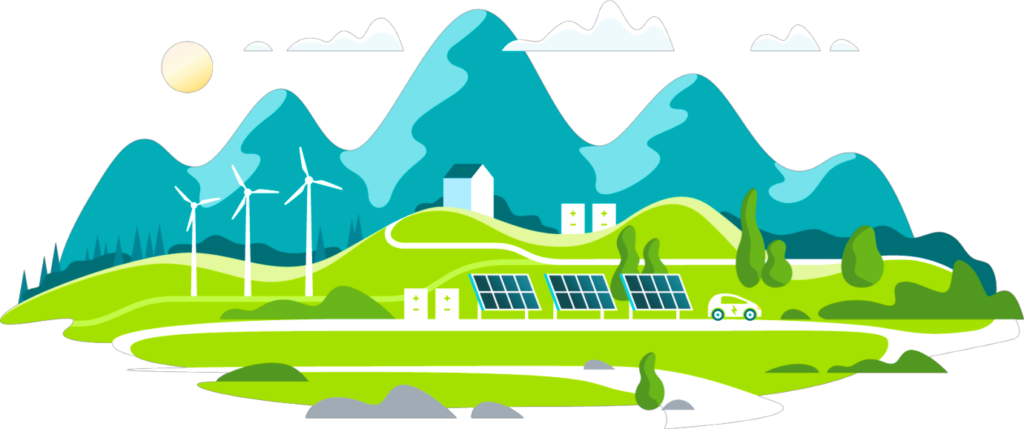
Green Energy Options for Homeowners in Canada
In recent years, the importance of sustainable and green energy sources has become increasingly evident, not only for environmental reasons but also for reducing energy costs. Homeowners in Canada have a wealth of green energy options at their disposal, and choosing the right one can lead to a more eco-friendly and cost-effective home. In this article, we will explore some of the green energy options available to homeowners in Canada and how they can contribute to a more sustainable future.
The Canadian Context
Canada, with its diverse climate and abundant natural resources, offers homeowners a unique opportunity to harness green energy. From the cold winters of the north to the temperate climates in the south, different regions in Canada have specific energy needs and resources to tap into. Let’s explore some of the green energy options for homeowners across the country.
Solar Power

Solar power has gained significant popularity in Canada, thanks to its abundant sunlight, especially in southern regions. Solar panels, also known as photovoltaic (PV) panels, capture sunlight and convert it into electricity. Here are some key points to consider:
- Solar Potential: Southern Canada, including provinces like Ontario, Quebec, and British Columbia, has substantial solar potential. Homeowners can install solar panels on their roofs or properties to generate clean electricity.
- Government Incentives: The Canadian government and some provincial governments offer incentives, tax credits, and rebates for solar installations, making it an attractive option for homeowners.
- Net Metering: Net metering programs allow homeowners to sell excess electricity back to the grid, further reducing energy costs. Pros and cons of geothermal heating systems, read more in our article.
Wind Power
Wind power is another green energy source that has been harnessed in Canada. Wind turbines convert the kinetic energy of the wind into electricity. Key considerations include:
- Wind Resource: Some regions in Canada, particularly coastal areas and parts of the Prairies, have excellent wind resources. Wind farms, as well as small-scale wind turbines for homes, are becoming more common.
- Local Regulations: Homeowners interested in installing wind turbines should check local regulations and zoning laws, as there may be restrictions on the size and placement of these structures.
- Grid Integration: Wind power can be integrated into the grid, offering potential income from selling surplus electricity.
Hydropower
Hydropower is a significant source of electricity in Canada, with numerous rivers and water bodies that can be tapped for clean energy. Homeowners may have opportunities to install small-scale hydropower systems. Consider the following:
- Water Access: Properties near rivers or streams might be suitable for micro-hydropower systems. These systems use the flow of water to generate electricity.
- Environmental Impact: It’s crucial to assess the environmental impact of hydropower installations and ensure they meet regulatory standards.
Geothermal Heat Pumps
Geothermal heat pumps utilize the stable temperature of the earth below the frost line to heat and cool homes. They are a highly efficient and green energy option:
- Space Efficiency: Geothermal systems are compact and require less space than solar panels or wind turbines.
- Energy Efficiency: They are highly efficient and can provide both heating and cooling, reducing energy costs.
- Cost Considerations: While geothermal systems have high upfront costs, they can result in significant long-term savings.
Biomass Heating
Biomass heating systems use organic materials like wood pellets or agricultural residues to generate heat. Key points include:
- Sustainability: Biomass fuels can be sustainable and reduce greenhouse gas emissions when managed responsibly.
- Pellet Stoves and Boilers: Homeowners can install pellet stoves or boilers to heat their homes efficiently.
- Fuel Availability: The availability of biomass fuels varies by region, so homeowners should assess their local resources.
Government Support and Incentives

The Canadian government provides various incentives and programs to support homeowners in adopting green energy solutions. These programs may include grants, tax credits, and rebates for renewable energy installations. For detailed information on government programs and incentives in Canada, you can visit the Wikipedia.
Considerations for Homeowners
When choosing a green energy option, homeowners should consider factors like their location, energy needs, budget, and the environmental impact of the chosen system. Energy audits and professional consultations can help determine the most suitable green energy solution for a particular home.
Conclusion
Green energy options for homeowners in Canada have never been more accessible and viable. Whether it’s solar power, wind turbines, hydropower, geothermal heat pumps, or biomass heating, there are numerous ways for homeowners to reduce their environmental footprint, lower energy costs, and contribute to a more sustainable future. By harnessing the power of these green energy sources, homeowners can create a more eco-friendly and cost-effective living environment, all while playing a role in addressing the global challenge of climate change.
